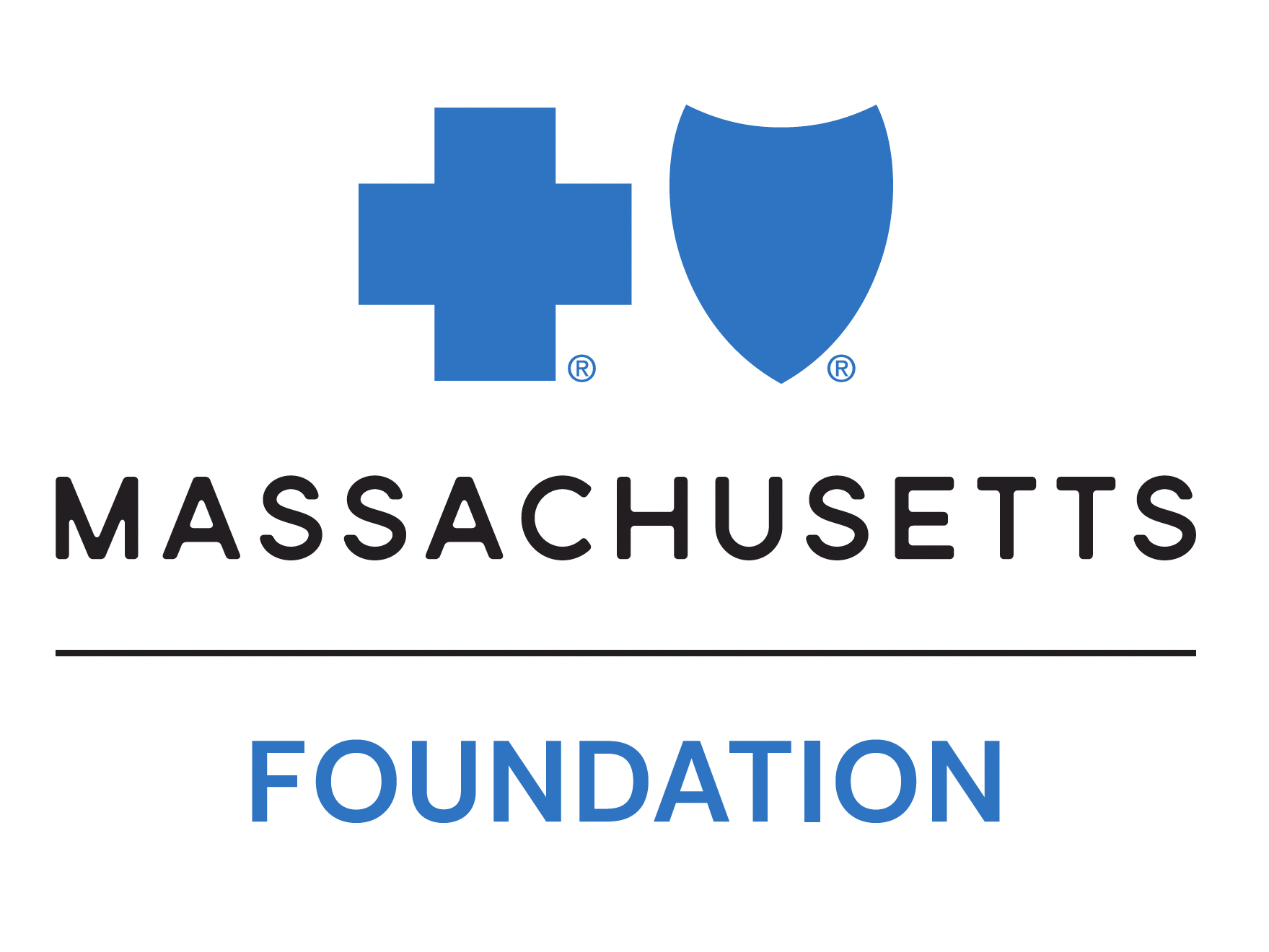
Geography of Uninsurance Report Identifies Priority Hot-Spot Communities
A report released today by the Blue Cross Blue Shield of Massachusetts Foundation states that while more Massachusetts residents – greater than 97 percent – have health care coverage than any other state in the nation, there are concentrated areas with a high number of uninsured residents, which the report calls priority hot-spot communities.
The Geography of Uninsurance in Massachusetts: An Update for 2013-2017, prepared by the Urban Institute, compared communities across the state based on three distinct measures: the uninsured rate, defined as the percentage of residents in a community who are uninsured; the number of uninsured residents in the community; and the concentration of uninsured residents in the community, which is the number of uninsured residents per square mile.
The report identified two categories of communities bucking the state trend, which it characterized as: hot-spot communities, where the uninsurance rates are in the highest quartile in the state from 2013 to 2017; and priority hot-spot communities, which have the greatest concentration of uninsured.
“We should be proud of the tremendous progress we have made on increasing the rates of insurance coverage in Massachusetts, but we can’t lose track of the fact that there are still communities where those gains in coverage have not been realized,” said Audrey Shelto, president of the Blue Cross Blue Shield of Massachusetts Foundation. “Those communities tend to be ones that also face significant challenges including higher poverty rates and rapidly rising housing costs. This report identifies these priority hot-spot communities to enable policymakers and community based organizations to better focus their efforts to achieve our full potential for health care coverage.”
The priority hot-spots are zip codes that are dispersed throughout Massachusetts, and include areas within the following cities and towns:
- Barre
- Boston
- Chelsea
- Everett
- Fall River
- Framingham
- Lawrence
- Lowell
- Lynn
- Malden
- New Bedford
- Revere
- Somerville
- Springfield
- Worcester
The report noted the myriad challenges in increasing coverage in these communities, particularly among hard-to-reach groups such as young adults, males, non-citizens, and those with literacy barriers who may have difficulty navigating the enrollment process.
The report’s authors recommend a series of targeted outreach strategies to reach such groups including: building partnerships with trusted local organizations that have strong connections to residents; providing more enrollment assistance to individuals in their native language; and addressing social determinants of health that affect individuals’ health care status, such as housing and nutrition.
“For many uninsured residents in the high-priority communities, uninsurance is one of many challenges they face in meeting their basic needs and living well,” said Sharon K. Long, one of the report’s co-authors and a senior fellow in the Urban Institute’s Health Policy Center.
An executive summary and the full report can be found here.
